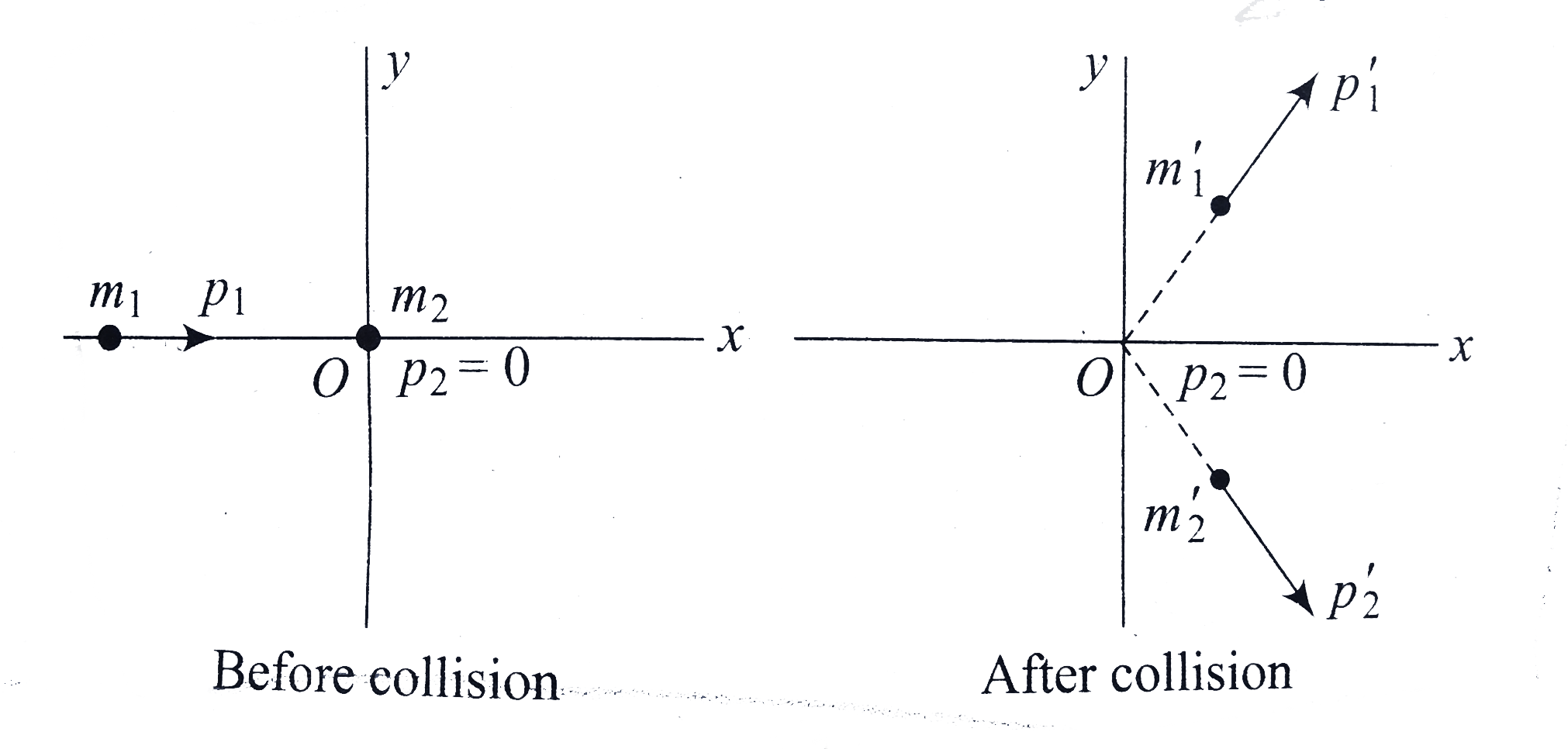Complete Solutions to Solved Examples of chapter NUCLEAR PHYSICS of Class 12 book with complete answers and questions
| Class 12 | PHYSICS |
| Chapter | NUCLEAR PHYSICS |
| CENGAGE PHYSICS | Solved Examples |
| Number Of Questions | 17 |
| Academic Year | 2023-24 |
The disintegration rate of a certain radioactive sample at any instant is `4750` disintegrations per minute. Five minutes later the rate becomes `2700` per minute. Calculate
(a) decay constant and (b) half-life of the sample
View Solutionthere is a strea of neyrons with a kinetic energy of 0.0327 eV if the half - life of neutrions be 700 s , what fraction of neutrons will decay before they travel a distance of 10m? Mass of neutron equal to ` 1.67xx10^(-27) kg`
View SolutionThe binding energies per nucleon for deuteron (`_1H^2`) and helium (`_2He^4) are 1.1 MeV and 7.0 MeV respectively. The energy released when two deuterons fuse to form a helium nucleus (`_2He^4`) is
View SolutionSome amount of a radioactive substance (half-life =10 days ) is spread inside a room and consequently the level of radiation become `50` times the permissible level for normal occupancy of the room. After how many days will the room be safe for occupation?.
View SolutionA small quantity of solution containing `Na^(24)` radio nuclide of activity 1 microcurie is injected into the blood of a person. A sample of the blood of volume `1 cm^(3)` taken after 5 h shows an activity of 296 disintegration per minute. What will be the total value of the blood in the person? Assum that the radioactive solution mixes uniformly in the blood of the person. (Take, 1 curie `= 3.7xx10^(10)` disintegration per second and `e^(-lamdat)=0.7927,` where lamda=` disintegration constant)
View SolutionAt a given instant there are `25%` undecayed radioactive nuclei in a sample. After `10 s` the number of undecayed nuclei reduces to `12.5%`. Calculate
(a) mean life of the nuclei,
(b) the time in which the number of undecayed nuclei will further reduce to` 6.25%` of the reduced number.
View SolutionIn an ore containing uranium, the ratio of `.^238U` to `.^206Pb` nuclei is `3`. Calculate the age of the ore, assuming that all the lead present in the ore is the final stable product of `.^238U`. Take the half-life of `^238U` to be `4.5xx10^9` years.
View SolutionThe element curium `._96^248 Cm` has a mean life of `10^13s`. Its primary decay modes are spontaneous fission and `alpha`-decay, the former with a probability of `8%` and the later with a probability of `92%`, each fission releases `200 MeV` of energy. The masses involved in decay are as follows
`._96^248 Cm=248.072220 u`,
`._94^244 P_u=244.064100 u` and `._2^4 He=4.002603u`. Calculate the power output from a sample of `10^20` Cm atoms. (`1u=931 MeV//c^2`)
View SolutionIn a nuclear reactor `.^235U` undergoes fission liberating `200 MeV` of energy. The reactor has a `10%` efficiency and produces `1000 MW` power. If the reactor is to function for `10 yr`, find the total mass of uranium required.
View SolutionA nucleus at rest undergoes a decay emitting an a particle of de - Broglie wavelength ` lambda = 5.76 xx 10^(-15)m ` if the mass of the daughter nucleus is 223.610 amu and that of alpha particle is `4.002amu` , determine the total kinetic energy in the final state Hence , obtain the mass of the parent nucleus in amu (1 amu = 931.470 `MeV//e^(2)`)
View SolutionA radioactive element decays by `beta-emission`. A detector records `n` beta particles in `2 s` and in next `2 s` it records `0.75 n` beta particles. Find mean life correct to nearest whole number. Given ln `|2| = 0.6931`, ln `|3|=1.0986`.
View SolutionIn a smaple of rock, the ration `.^(206)Pb` to `.^(238)U` nulei is found to be `0.5.` The age of the rock is (given half-life of `U^(238)` is `4.5 xx 10^(9)` years).
View SolutionCalculate the energy required to remove the least tighly bond neutron in `""._(20)Ca^(40)` .Given that
Mass of `""._(20)Ca^(40)=39.962589 am u`
Mass of `""._(20)Ca^(39)=38.970691 am u`
Mass fo neutron `=1.008665`
View SolutionConsider a body at rest in the L-Frame, which explodes into fragments of masses `m_(1)` and `m_(2)`. Calculate energies of the fragments of the body.

View Solution(a) Find the energy needed to remove a neutron from the nucleus of the calcium isotope `._(20)^(42)Ca` . (b) Find the energy needed to remove a prtron from the nucleus. (c ) Why are these energies different?
Given: Mass of `._(20)^(40)Ca =40.962278 u`., mass of neutron .`=1.007825 u`,
Mass of `._(20)^(40)Ca =40.974599 u`., mass of protron .`=1.007825 u`.
View SolutionWrite the decay equations and expression for the disintegration energy` Q` of the following decay: `beta-` decay,electron capture.
View SolutionFind whether `alpha-` deacy or any of the `beta-` decay are allowed for `._(89)^(226)Ac`.
View Solution
Solved Examples questions and complete solutions for chapter NUCLEAR PHYSICS of CENGAGE PHYSICS (ENGLISH) of Class 12